The first bottle containing renewable isobutene has been filled in the Global Bioenergies‘ demo plant in Leuna.


The first bottle containing renewable isobutene has been filled in the Global Bioenergies‘ demo plant in Leuna.

Chunmeng Shi and co-workers from the Third Military Medical University in Chongqing, China, introduce a small-molecule-based cancer theranostic agent for simultaneous cancer-cell mitochondrial targeting, NIR imaging, and chemo-/PDT/PTT/multimodal therapeutic activities.
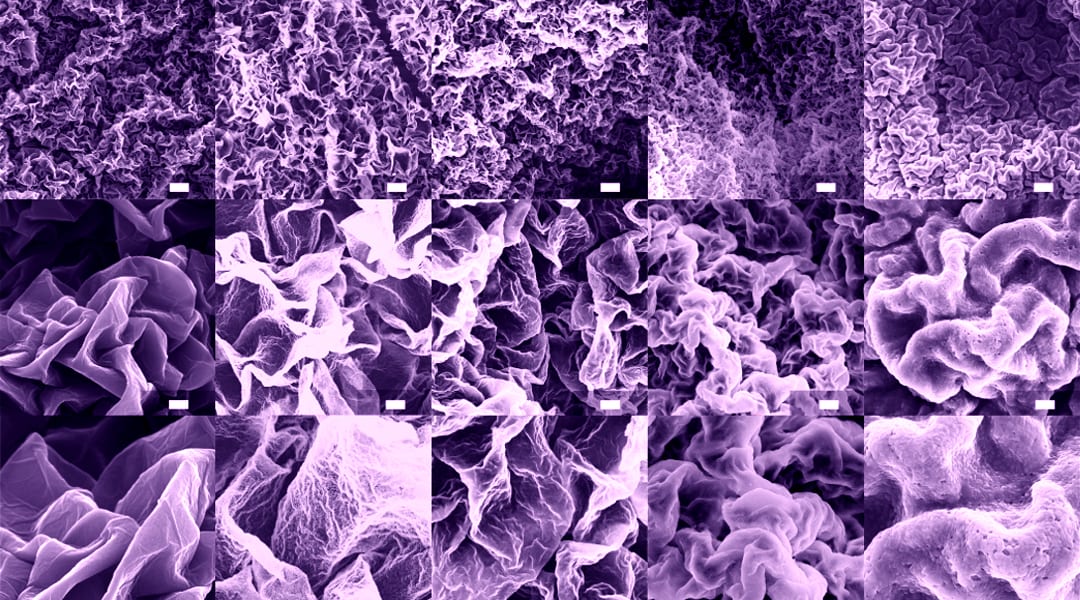
Metallized graphene inks open new directions in film patterning since dense ceramic films with the micro- and macrostructure of a graphene host were produced for the first time in Brown University

American scientists demonstrated the utility of SERS measurements of urine from deceased donors and associated PCA-LDA analysis as a potential tool to predict kidney transplant outcomes.
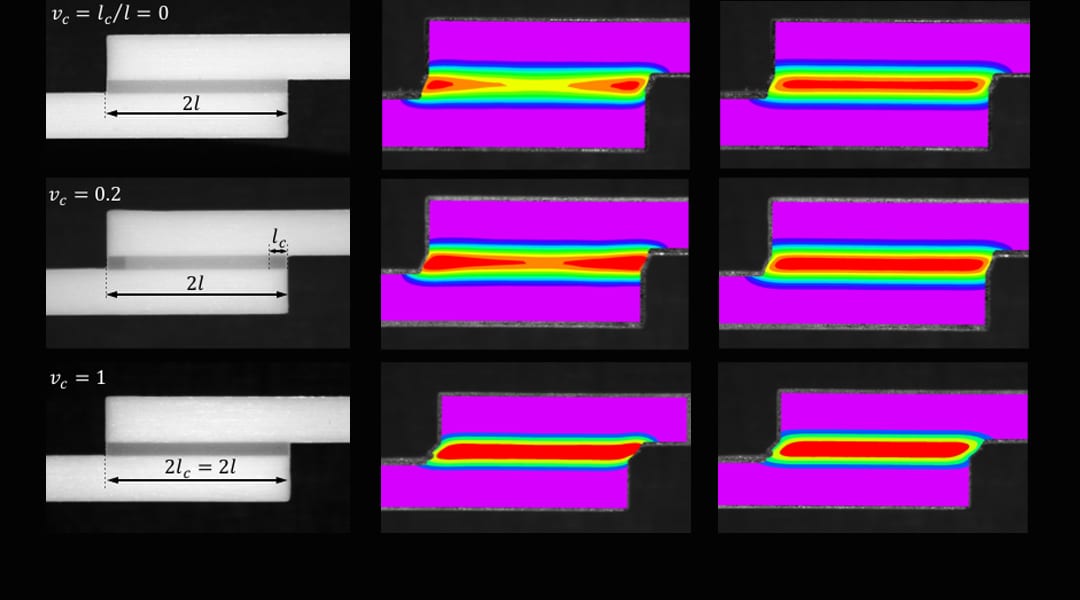
By crafting a spatially compliance-tailored bondlayer utilizing additive manufacturing, mechanical performance can be increased significantly, imparting greater strength, strain to break, and toughness, while maintaining stiffness of the homogeneous stiff bondlayer.

A nanocomposite possessing high NIR-transparency is developed, and shown to be applicable for NIR photography, security, and forensic-related applications.

Researchers from the Suzhou Key Laboratory of Green Chemical Engineering, Soochow University, and from the State Key Laboratory of Molecular Engineering of Polymers, Fudan University, develop a one-step, solvent-free method to prepare a high-performance heterogeneous catalyst. The cobalt-based catalyst is highly dispersible in water and is effective for the tandem sodium borohydride dehydrogenation and nitrobenzene hydrogenation at room temperature.
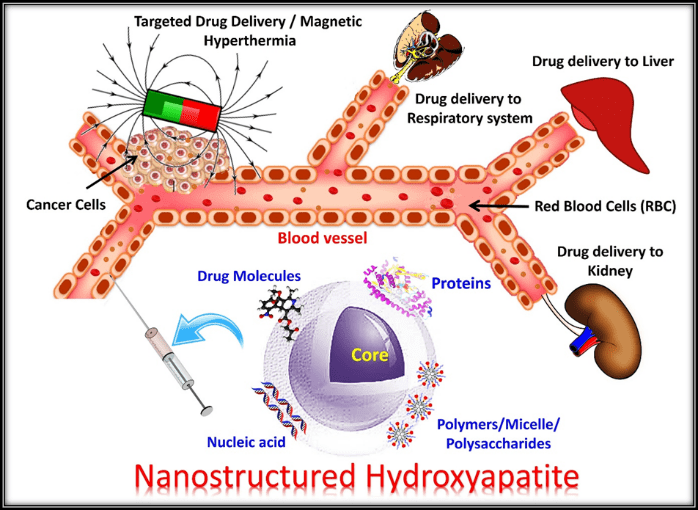
Nanostructured hydroxyapatite (nHAp) appears to have a great potential to revolutionize the hard tissue-engineering field, starting from bone repair and augmentation to controlled drug delivery systems.
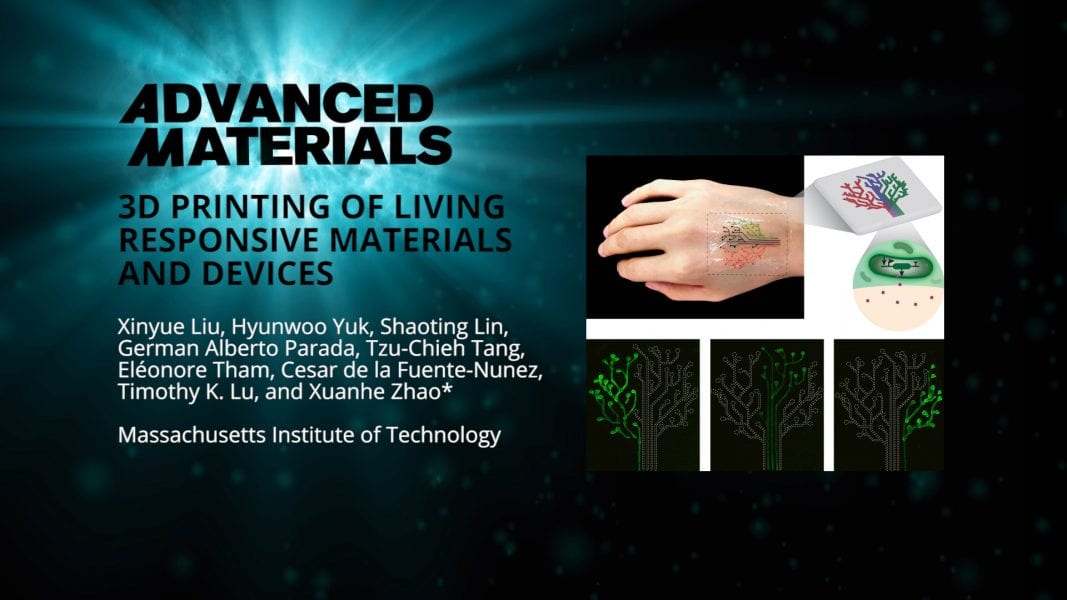
A group of researchers from the Massachusetts Institute of Technology (MIT) generate living materials and devices by 3D printing genetically programmed bacterial cells. The living bioink can be used to print novel materials including logic gates and a living tattoo for chemical detection on human skin.
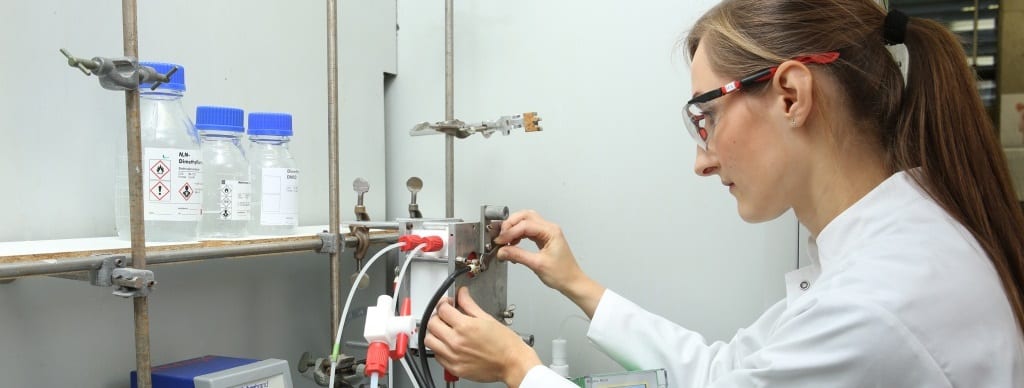
Waste from paper and pulp industry supplies raw material for the development of new redox flow batteries.